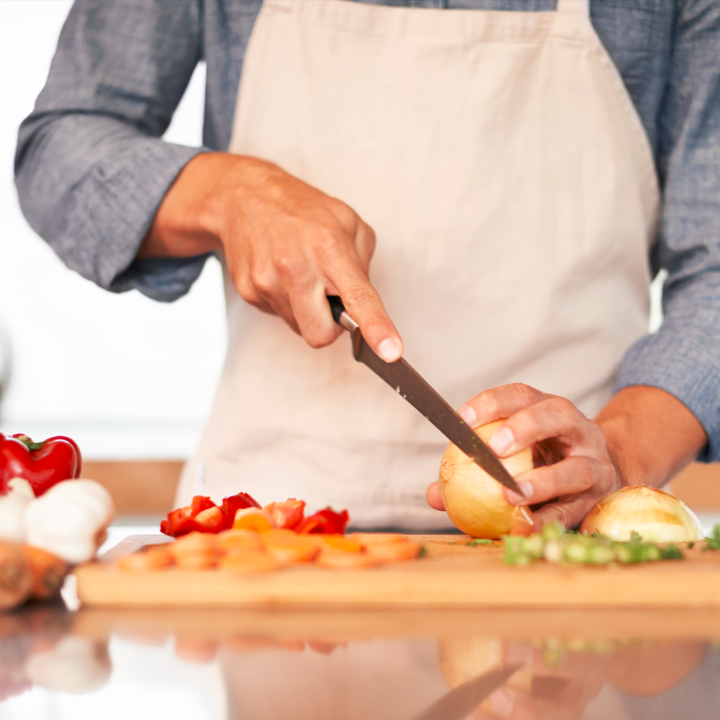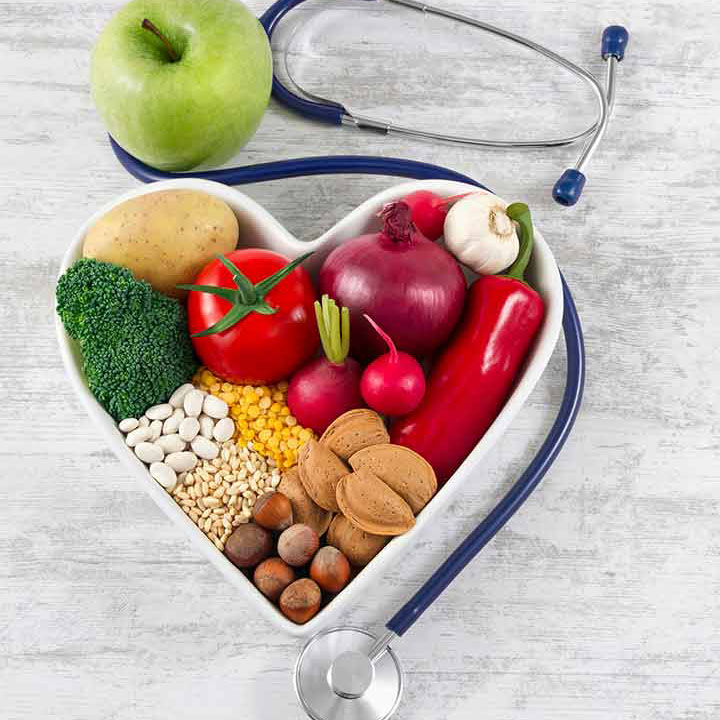Top 10 Healthy Cooking Tips
How you prepare and cook your food can significantly impact how healthy it actually turns out. Following are 10 healthy cooking tips we’ve gathered together for you.
1. Preserve Important Nutrients
Preserve the nutrients and colors in veggies. Cook veggies quickly by steaming or stir-frying.
2. Choose Healthier Ingredients
Use vinegar, tomatoes, onions, herbs (fresh as often as possible), and fat-free or low-fat sauces or salad dressings for better health, especially if you have high blood pressure or high cholesterol.
3. Use your freezer wisely (and your time)
When you cook once, make it last longer by preparing enough for several meals. Freeze it and have a ready-made healthy meal or treat ready for the next time you are too tired to bother. For example, freeze brown Rice in individual portions in vacuum seal bags (it will keep for a couple of weeks).
4. Whip Up Smoothies
A smoothie can take care of lots of needs. It’s easy, cool, refreshing, and feels like a real treat. Keep your blender handy, so you’ll use it! Throw a banana (you can keep them in the freezer for weeks) into your blender, frozen berries or whatever fruit is around, and some kind of juice, fat-free or low-fat yogurt, and protein powder. You can get 4–5 servings of fruit in one glass of a yummy shake. Try getting your family or friends to sip on a smoothie.
5. Make Your Own Seasonings
Prepared seasonings can have high salt content and increase your risk for high blood pressure. Replace salt with herbs and spices or some of the salt-free seasoning mixes as often as possible. Use lemon juice or fresh chilis to add flavor.
6. Consider the Sodium Level
Canned, processed, and preserved vegetables often have a very high sodium content. Look for “low-sodium” as often as possible. I know it’s not always convenient, but something to keep in mind.
7. Make Healthy Change to Quick Breads and Muffins
Prepare muffins and quick breads with less saturated fat and fewer calories. Use three ripe, very well-mashed bananas instead of 1/2 cup butter, lard, shortening, or oil, or substitute one cup of applesauce per one cup of these fats.
8. Skip Highly Refined Products
Choose whole grain for part of your ingredients instead of highly refined products. Use whole-wheat flour, oatmeal, and whole cornmeal. Whole-wheat flour can be substituted for up to half of all-purpose flour. For example, if a recipe calls for 2 cups of flour, try 1 cup all-purpose flour and 1 cup minus 1 tablespoon whole-wheat flour.
9. Make Smart Substitutions
When baking, make smart substitutions like using pumpkin or silkin tofu instead of butter, mashed banana instead of oil (or butter), honey, or pure vanilla extract instead of sugar.
10. Go for Low Fat or Fat-Free Dairy
Use fat-free milk or 1% milk instead of whole or reduced-fat (2%) milk. For extra richness, try fat-free half-and-half or evaporated skim milk.




